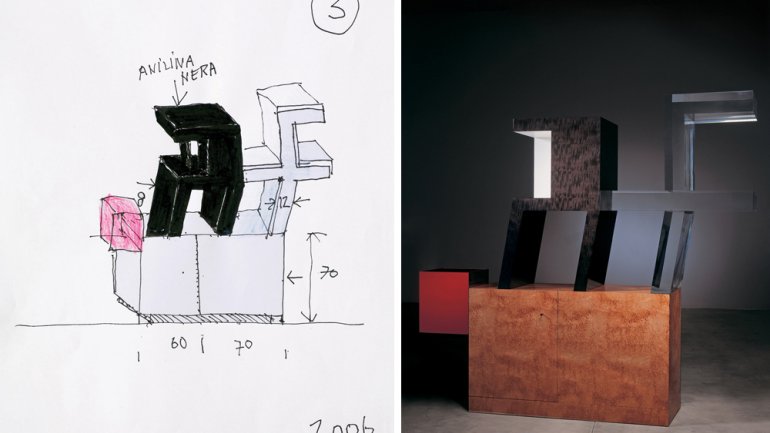Multiples of Two
Multiples of Two
If I've learned anything during my time at American Craft, it's that trying to define what's happening in the visual and material world is a task that proves tougher each day. Mediums are mixing, painters and sculptors are borrowing craft techniques and craft work is freely making its way into galleries and museums previously known for showcasing primarily two-dimensional work and sculpture (for example, the recent "Makers and Modelers" clay exhibit at the Gladstone Gallery in New York and the "Shy Boy, She Devil, and Isis" exhibit at the Museum of Fine Arts, Boston, reviewed on page 48). To some this is profoundly disturbing, bordering on irresponsible. For others (myself included), this escape from the confines of hierarchical categories has been remarkably liberating, leaving room for multiple interpretations of the work that is now making its way out of studios and workshops and into our lives.
The idea of multiples in particular has been consuming conversations at American Craft for the past weeks and turned into the driving force behind this issue. We opted to simplify things a bit, however, by focusing on endeavors that came to us packaged in twos, though their artistic merits exist on many levels. This wasn't as difficult as we first imagined, as the number of projects times two that ended up in our office was surprisingly plentiful.
A quick scan of the following pages reveals twin sisters crocheting furiously in Los Angeles to bring attention to the devastation of Australia's Great Barrier Reef ("The Only Coral Reef in Los Angeles”); beading brothers in Brooklyn preparing for an onslaught of museum exhibitions and gallery openings ("Your New Best Friends"); an artist, architect and woodworker who has created two stunning homes down the street from each other in the hills of Asheville, North Carolina ("A Tale of Two Houses”); and two cities that share a name and a strong affinity for craft ("Port to Port”).
Twosomes weren't our only focus, of course, and you'll find plenty of stories and listings that come in singles, or in multiples of three, four, five, six and on and on. Which brings me back to the idea of the multiple ways of looking at the world. One of my idols, the architect and designer Ettore Sottsass (recently the featured artist at the new Friedman Benda Gallery in New York) lamented in "When I Was a Child," an article written in 1973, his loss of openness to all influences as he came of age: "I would like to break this strange mechanism I've been driven into. I would like to break it for myself and for others, for me and with others. I would like not to have to play the role of artist only because this way I get paid, and I wish it wouldn't even occur to others that there's anyone who gets paid for being an artist. I would like all of us or none of us to be artists, as we were when we did drawings, boats, ships and windmills, cableways and telescopes. I would like to think that the old happy state that I once knew could somehow be brought back: that happy state in which "design" or art-so called art-was life, in which life was art."
Though we may not be able to revert to childhood (at least not yet), it may not be such a stretch to cultivate a grown-up version of that "happy state," a real sense of wonder at the world and all its possibilities-the world in all its multitudes. It certainly sounds promising to me.
Drop me a note at [email protected]




